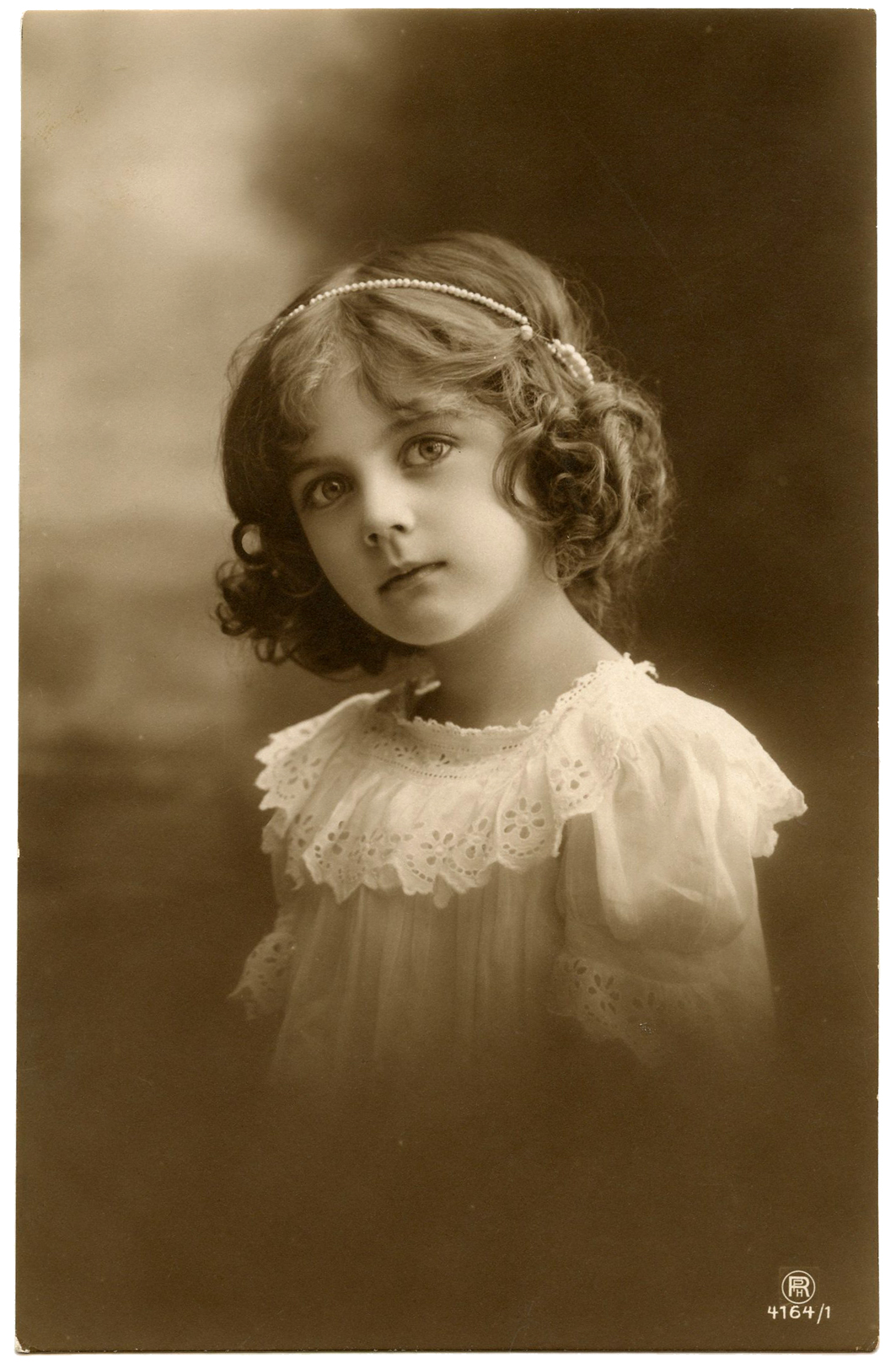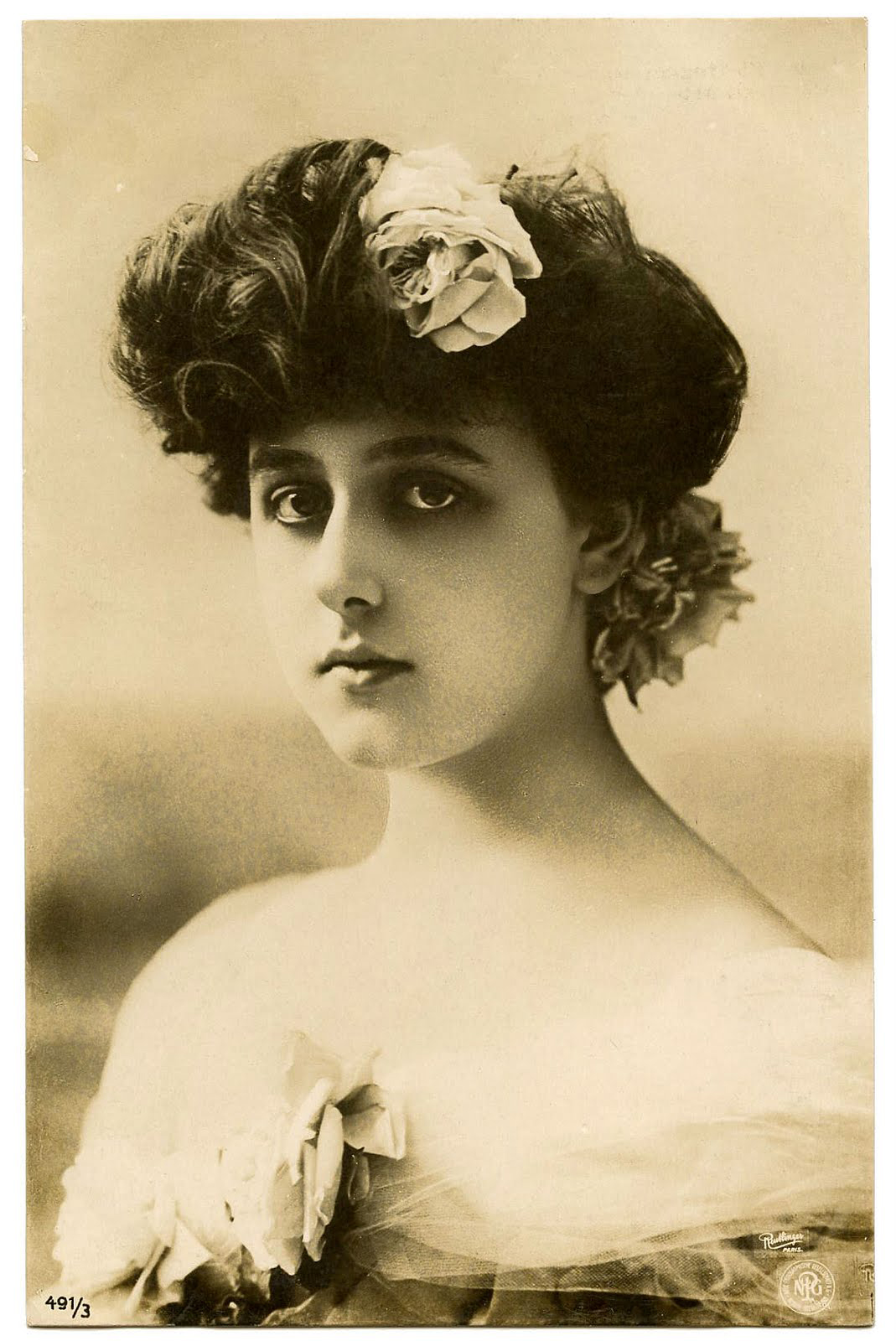The Timeless Allure of Vintage Photographs: Echoes from a Bygone Era
A sepia-toned rectangle, perhaps dog-eared at the corners, emerges from a dusty attic box. Within its faded borders, time stands still. A stern-faced man in a bowler hat gazes out, a child in a starched dress clutches a doll, or a bustling street scene from a century ago unfolds. These are vintage photographs – more than mere images, they are tangible fragments of history, whispering tales from a bygone era, and holding a profound, almost magical allure for us in the digital age.
In an era saturated with billions of instantly captured, digitally stored, and easily deleted images, the physical vintage photograph stands as a defiant testament to permanence and presence. It demands attention, inviting us to pause, ponder, and connect with lives long past. But what precisely defines a "vintage" photograph, and why do these delicate paper artifacts continue to captivate collectors, historians, artists, and the curious alike?
Defining the Vintage Frame

While there’s no universally strict cut-off date, "vintage" generally refers to photographs produced from the dawn of photography in the mid-19th century up until the mid-20th century, roughly pre-1970s. This broad span encompasses a fascinating evolution of photographic processes, from the unique, mirror-like daguerreotypes and the delicate albumen prints to the sturdy tintypes, the popular carte de visite and cabinet cards, and later, the advent of roll film and the ubiquitous snapshot. Each process carries its own aesthetic, its own limitations, and its own story.
The appeal is multifaceted. For some, it’s the sheer historical documentation. These images offer unparalleled windows into past societies, revealing fashions, architecture, social customs, and technological advancements in a way no written account ever could. For others, it’s an aesthetic appreciation – the unique tonal ranges, the imperfections, the very texture of the print. And for many, it’s a deeply personal, almost archaeological quest: to uncover the stories behind the faces, to connect with the shared human experience across the chasm of time.
The Dawn of a New Medium: Freezing Time
The birth of photography in the 1830s was nothing short of revolutionary. Imagine a world where the only way to preserve a likeness was through a commissioned painting or drawing – a luxury few could afford. Then, suddenly, the world could be captured with light and chemistry.
One of the most compelling early processes was the daguerreotype, invented by Louis Daguerre in collaboration with Nicéphore Niépce, publicly announced in 1839. These highly detailed, mirror-like images on polished silver-plated copper were unique and non-reproducible from the original plate. Their exquisite clarity and almost holographic quality made them instant marvels. As photography historian Beaumont Newhall famously noted, "Photography was born in the public consciousness with the daguerreotype, and the daguerreotype remained a miracle." To hold a daguerreotype is to hold a fragment of the earliest visual record, a moment frozen with breathtaking fidelity by the nascent technology.
Simultaneously, William Henry Fox Talbot in England developed the calotype process, which produced a paper negative from which multiple positive prints could be made. This innovation, though less sharp than the daguerreotype, laid the groundwork for modern photographic reproduction. Soon followed albumen prints, the dominant photographic paper from the 1850s to the 1890s, characterized by their rich sepia tones and glossy surface, often seen in carte de visite (small visiting card-sized portraits) and cabinet cards (larger versions). These formats democratized portraiture, allowing middle-class families to afford likenesses of themselves and their loved ones, exchanged like trading cards.
The Rise of the Snapshot and the Aura of Authenticity
The late 19th and early 20th centuries saw photography move beyond the formal studio portrait. George Eastman’s invention of roll film and the introduction of the Kodak camera in 1888, with its iconic slogan, "You press the button, we do the rest," democratized photography further. Suddenly, anyone could capture everyday moments – picnics, family gatherings, vacations. This gave rise to the "snapshot," a more candid, informal style that forms a significant portion of what we now consider vintage photography.

These snapshots, often found in dusty albums or shoeboxes, carry a unique weight. They are unfiltered glimpses into ordinary lives, devoid of the artifice of studio settings. They show us how people truly lived, dressed, and interacted. They are, in essence, the visual diaries of generations past.
This tangible, physical nature of vintage photographs imbues them with what philosopher Walter Benjamin termed an "aura" in his seminal 1936 essay, "The Work of Art in the Age of Mechanical Reproduction." Benjamin argued that the original artwork possesses an authenticity tied to its unique presence in time and space – its history, its physical decay, its journey through ownership. While he discussed the loss of aura through mechanical reproduction, the original vintage photographic print itself, especially an early, unique one like a daguerreotype or a contact print, carries this very aura. It is a direct, physical link to the moment it was created, a silent witness to history. In contrast, digital images, endlessly reproducible and existing as data, lack this physical connection, this "here and now."
The Thrill of Discovery and the Unspoken Narratives
Part of the profound appeal of vintage photographs lies in the stories they hold, both known and unknown. When we encounter a photograph of an unknown person or place, our imagination sparks. Who were these people? What were their dreams, their struggles, their joys? What events transpired just outside the frame? Each image is a frozen moment, pregnant with an untold narrative.
Collectors often speak of the "thrill of the hunt" – sifting through bins at flea markets, antique shops, or online auctions, hoping to unearth a hidden gem. It could be a rare process, a historically significant event, a poignant portrait, or simply an image that resonates deeply on a personal level. Finding a photograph with handwritten notes on the back – a date, a name, a location – is like striking gold, offering tantalizing clues to unlock its secrets. This act of discovery transforms the viewer into a detective, piecing together fragments of the past.
Moreover, vintage photographs are invaluable for social history. They document fashion trends, architectural styles that no longer exist, streetscapes before urban development, forgotten occupations, and evolving social customs. A single photograph can tell us more about the realities of daily life in a particular era than pages of text. They remind us that history isn’t just a collection of grand events and famous figures, but also the aggregate of countless ordinary lives, each with its own significance.
Aesthetic Appreciation and Artistic Inspiration
Beyond their historical and narrative value, vintage photographs possess a distinct aesthetic charm. The limited color palettes (sepia, monochrome, cyanotype blues), the often soft focus, the grain, and even the imperfections like scratches or fading contribute to their unique beauty. These qualities are often emulated by modern photographers and digital filters, a testament to their enduring appeal.
Many artists and contemporary photographers find inspiration in vintage imagery, using old photographs as source material, incorporating them into mixed media, or simply drawing from their stylistic conventions. The inherent honesty and raw emotion captured in many early photographs, before the age of excessive posing and digital manipulation, can be profoundly moving and artistically powerful. As American photographer Aaron Siskind beautifully put it, "Photography is a way of feeling, of touching, of loving. What you have caught on film is captured forever… It remembers little things, long after you have forgotten everything."
Preservation in the Digital Age
The irony is not lost: in an age dominated by the digital, the appreciation for the physical vintage photograph has only grown. Yet, these delicate artifacts are vulnerable. They are susceptible to light, humidity, acidity, and physical damage. The responsibility of preserving them falls to institutions, collectors, and anyone who cherishes these glimpses into the past. Proper storage in acid-free materials, climate control, and careful handling are crucial to ensure these paper time capsules survive for future generations.
In conclusion, vintage photographs are far more than faded pictures. They are portals to other times, silent witnesses to countless lives, and profound objects of art and history. They remind us of our shared humanity, the relentless march of time, and the enduring power of an image to capture, preserve, and communicate across centuries. In a world awash with fleeting digital data, the tangible, authentic presence of a vintage photograph offers a unique connection to our collective past, an echo from a bygone era that continues to resonate with timeless allure.


